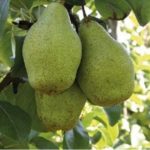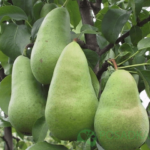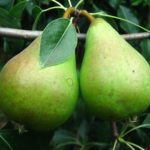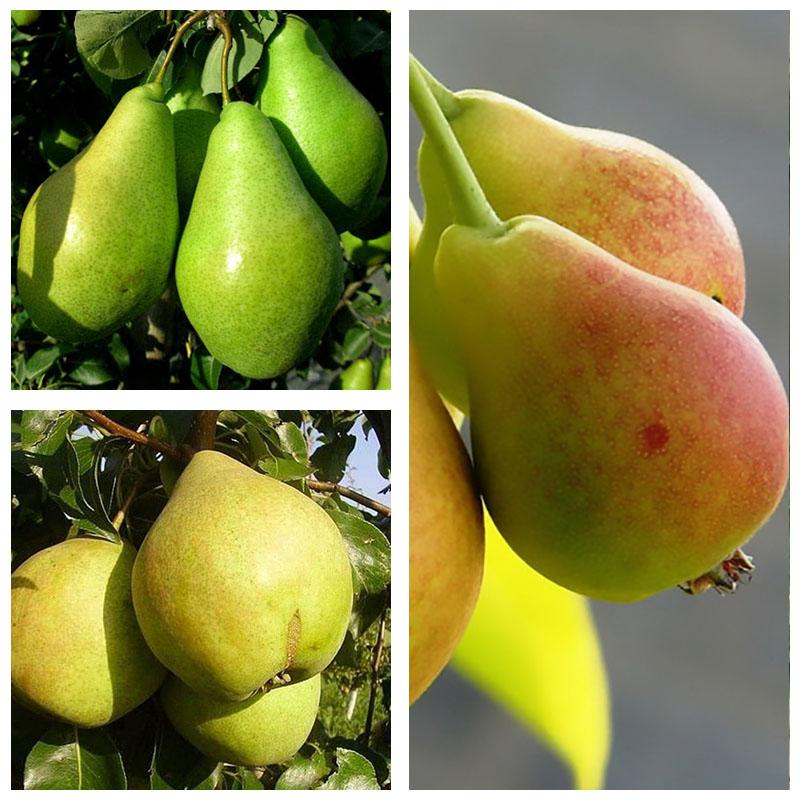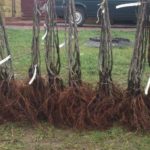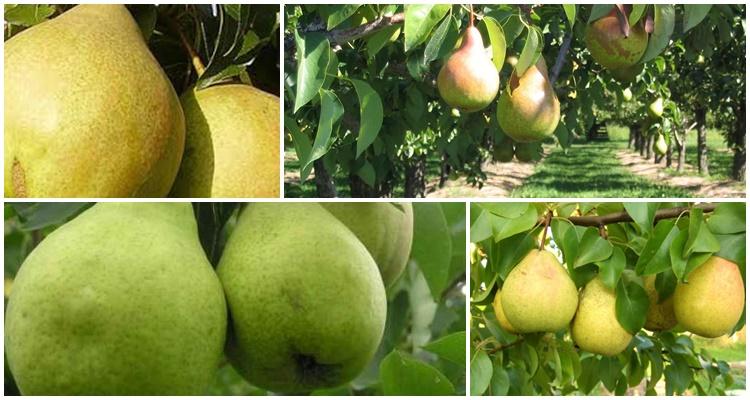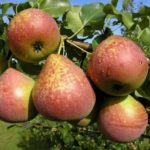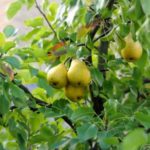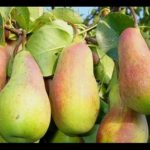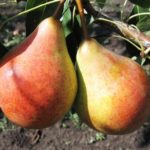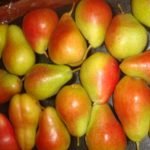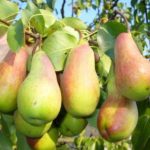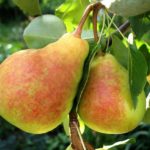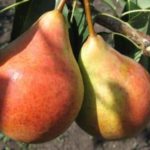The November pear is considered a popular plant that many gardeners grow. Its advantages are considered to be high winter hardiness parameters and excellent adaptation to the influence of external factors. In addition, the plant produces a rich harvest. For the cultivation of a crop to be successful, it needs to be provided with proper care. It includes timely watering, fertilizing, and pruning.
- Description and characteristics of culture
- Pros and cons of the Noyabrskaya pear variety
- Landing Features
- Site selection
- Boarding time
- Soil preparation
- Selection of seedlings
- Nuances of the landing process
- Pear care
- Watering
- Feeding
- Trimmings
- Preparing for winter
- Whitewash
- Diseases and pests of the variety
- Harvest and storage
Description and characteristics of culture
This winter pear was bred by breeder from Moldova Ksenia Dushutina. The culture is based on the varieties Dekanka winter and Nikolai Kruger. November pear trees are medium in size. They reach 3 meters in height. They are characterized by a spreading crown in the form of a wide pyramid. Skeletal branches are located at right angles.
The plant has straight or rounded leaves. The top is dark green and the bottom is whitish. The first fruits can be obtained at 4-5 years. Ripening occurs in the second half of September.
Pros and cons of the Noyabrskaya pear variety
Landing Features
For crop cultivation to be successful, it is important to carry out planting work correctly.
Site selection
The place for planting the crop must meet the following parameters:
- Lots of light. Thanks to this, the young tree will warm up well, which will lead to its active development.
- No drafts. This will help prevent the plant from freezing in winter.
- Deep groundwater. It is best to plant the pear on a mound and ensure good drainage.
Boarding time
In the south and central Russia, it is recommended to plant pears in the fall.In the north, planting work is recommended to be carried out in the spring. This will help prevent the death of the young plant.
Soil preparation
The pear develops well in nutritious soil. Poor sandy soil should be enriched with organic humus. To do this, composted manure is usually added.
Selection of seedlings
High-quality seedlings are sold in plastic containers. In this case, the plant is transferred to the soil with a lump of soil. This helps avoid damage to the roots. Seedlings without leaves with an open root system also take root well.
Nuances of the landing process
To plant a plant, it is recommended to do the following:
- Prepare the soil. It needs to be well cleared of weeds.
- Make a recess. Its diameter should be 60 centimeters, depth - 30. It is recommended to place a drainage layer at the bottom.
- Pour a mixture of fertile soil, compost, potassium fertilizer and superphosphate.
- Plant the crop by transferring the earthen clod.
- Fill in the hole for planting. To do this, it is worth using fertile soil, which needs to be compacted well.
- Water the plant. This will require 20-25 liters of water.
Pear care
In order for the crop to develop normally and bear fruit abundantly, it is recommended to provide it with high-quality care.
Watering
It is necessary to moisten the soil 5-10 times during the season. The specific amount of watering depends on the amount of precipitation and humidity of the site. Excess moisture is just as harmful as its lack.
Feeding
In the first 3-4 years, the plant does not need to be fed. Subsequently, it is recommended to follow a certain pattern. To do this, the first fertilizing is applied at the end of March. For 10 liters of water you should take 50 grams of superphosphate.The second time, fertilizers are applied at the beginning of the appearance of the first fruits. In this case, it is worth using ammonium nitrate.
To prepare the solution you will need 20 grams of the substance and 10 liters of water. In the fall, after harvesting, it is worth covering the tree trunk circle with humus.
Trimmings
For the first time, it is recommended to prune the tree immediately after planting. Usually the central conductor is shortened at a height of 50 centimeters above the ground surface. This will help form the crown.
Mature trees require rejuvenating and sanitary pruning. It is recommended to start forming the crown in April - before the sap begins to flow. Sanitary pruning is best done in October.
Preparing for winter
The November pear can withstand even severe frosts. However, it is better to insulate young trees. To do this, it is recommended to cover the tree trunk circle with a mulch layer. Its thickness should be at least 30 centimeters.
Whitewash
Before the arrival of winter, it is recommended to whiten the trunk and lower branches with a special compound. This will help avoid sunburn, cracks or frost damage. To carry out the procedure, it is permissible to use a composition of copper sulfate and lime.
Diseases and pests of the variety
November pear is resistant to fungi. At the same time, she requires preventive treatments against parasites. For this purpose, such means as “Confidor” and “Aktara” are used. They cope with copperheads, aphids, and fruit gall midges. “Bi-58” helps to cope with ticks.
Harvest and storage
Harvest dates depend on the climate of the region. Fruits for sale should be picked when they begin to turn yellow. This must be done manually. It is recommended to put pears in boxes covered with soft cloth. Fruits with stalks that are covered with hard skin and are not damaged are suitable for storage. The November pear has excellent frost resistance and high yield parameters. Therefore, many gardeners grow it. It is important to plant correctly and provide quality care.

